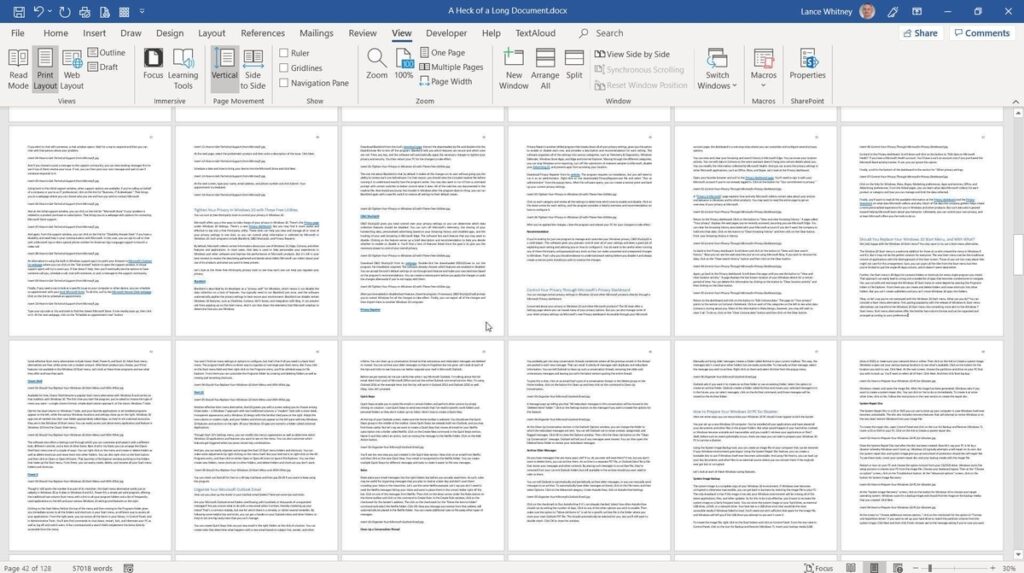What Does A Brand Brief Cost?
At What’s The Idea? a brand brief costs $17,500. List price. The people willing to spend that type of money know it’s s steal. Having an “organizing principle for product, experience and messaging” makes every act of marketing easier. Compare $17,500 to the cost of a newspaper ad, website take-over, or a radio flight. It’s peanuts. Sadly, the word brief, in advertising and marketing has been reduced to an instructive piece of paper telling creative people what not to do. Ish. They are often poorly written, almost all interchangeable, and not given much heed. But brand briefs – they are different story.
For a robust brand brief I need weeks. A month actually. A good brand brief requires interviews, fieldwork, research and brain steep. If we’re talking about a brand brief for a billion dollar company there may be lots of qualitative and quantitative testing as well. Up goes the price. And money well spent.
Done well, a brand brief informs all areas of business. If CRM is marketing template, the brand brief is its architecture. If PR is a communication template, a brand brief is its measure of success. If customer journey is a template, the brand brief is the bread crumb trail.
If you are in the business of selling things, raise your hand. If you don’t have a brand brief you are a simple fisherman.
For examples of brand briefs, showing claim and proof (brand tangibles), please write me at Steve at whatstheidea.
Peace.






